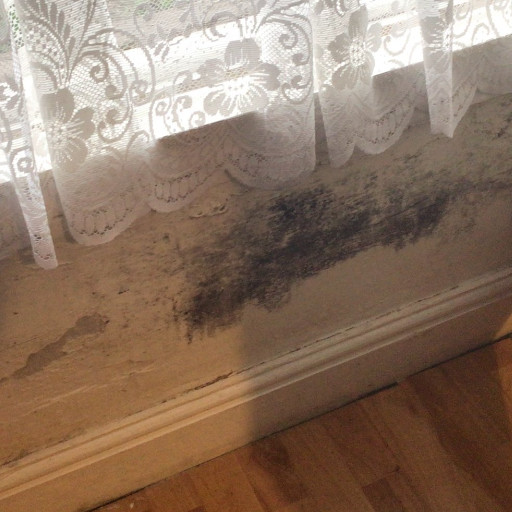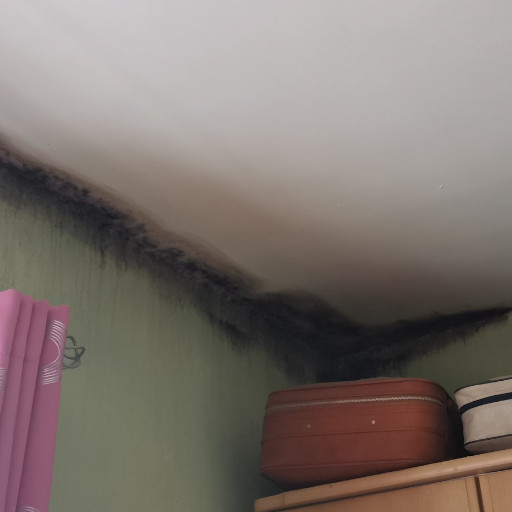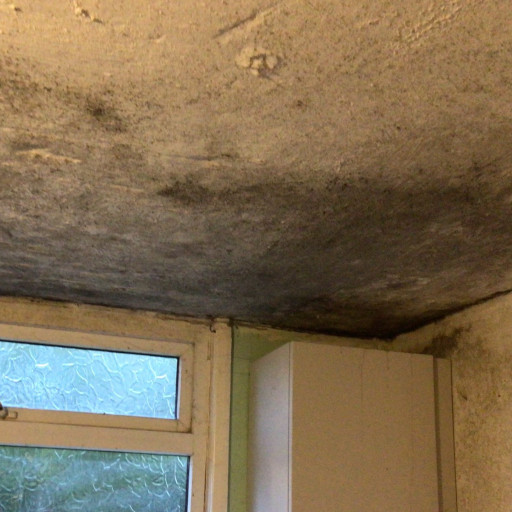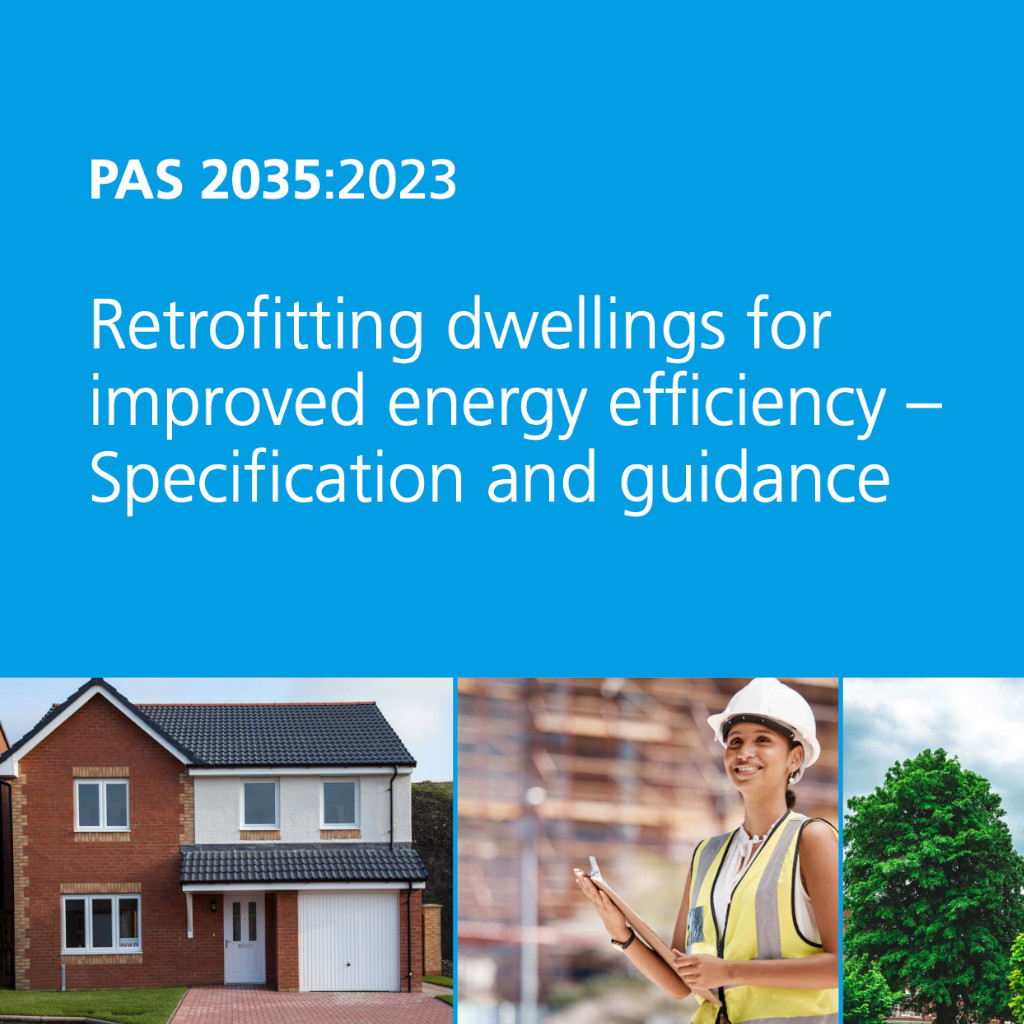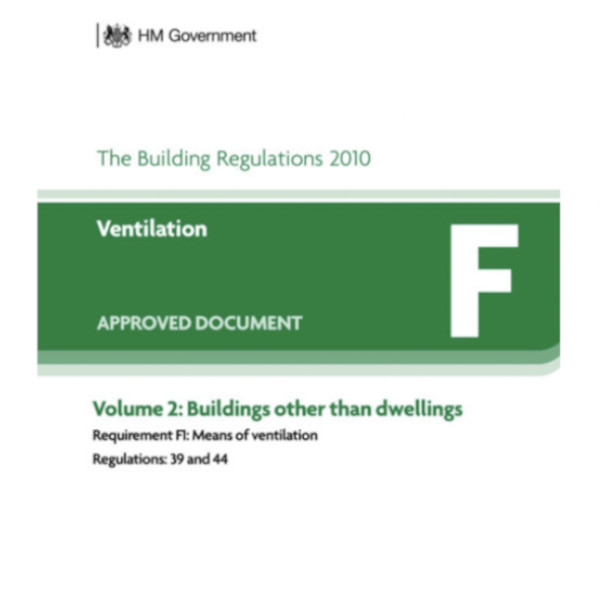Moisture and condensation
The basics.
Moisture refers to the presence of water, often as vapour, in the air or on surfaces. Condensation occurs when warm, humid air encounters a cooler surface or moves into a colder area, causing the water vapour to cool and transform into liquid droplets. This phenomenon is commonly observed on windows, walls, or cold glass. Effectively managing moisture and preventing condensation is essential to avoid problems like mould growth and structural damage.
Moisture in living spaces can originate from various sources, which can be broadly classified into two categories.
- Forced methods.
- Natural methods.
Moisture is covered by Part F of the UK Building Regulations and some of Part C.
BS5220-2021 also covers moisture and condensation, but is only available to purchase from the BSI site.
Research into resistance to moisture in buildings by the UK Gov can be found here.
Forced Methods.
Forced methods involve deliberate actions that introduce moisture into the building. These actions typically produce significant amounts of moisture. Examples include the following.
Drying Clothes. Using a clothes dryer or hanging clothes to dry on radiators releases moisture into the air.
Showering and Bathing. The hot water used in showers and baths creates steam, adding humidity to the bathroom and adjacent areas.
Cooking. Cooking activities, especially boiling water, generate steam. Additionally, gas stoves produce combustion by-products that include water vapour.
Dishwashing. Washing dishes by hand or using a dishwasher releases steam and increases humidity levels.
Using LPG heaters. LPG (Liquefied Petroleum Gas) generally produces more water (H2O) than natural gas.
Natural Methods.
Natural methods occur as a result of everyday activities that are not specifically intended to increase humidity, but still contribute to it. Examples include.
Breathing. Every time we exhale (including our pets), we release moisture into the air.
Sweating. Our bodies naturally sweat to regulate temperature, which adds moisture to the surrounding air.
What is Condensation?
Condensation occurs when warm, moist air comes into contact with a cooler surface or environment, causing the air to cool down. As the air cools, it can no longer hold as much moisture, so the excess moisture turns into liquid droplets on the cooler surface. This typically happens when the surface temperature is at or below the dew point, which is the temperature at which air becomes saturated and moisture begins to condense. Examples include dew forming on grass in the morning or water droplets on cold glass.
Video from The UK Centre for Moisture in Buildings.

Interstitial condensation.
Now that we understand condensation, it’s important to explore interstitial condensation. The term “interstitial” refers to small spaces between different parts, and while it’s used in various fields, in the context of our homes and moisture movement, it applies to areas within walls, under floors, and in roof spaces. These areas consist of different materials, such as plasterboard, bricks, insulation, and cavities, each with varying levels of insulation. Condensation in these hidden spaces is a concern because it cannot be easily seen, making it crucial to manage moisture effectively.
Importance of Moisture Management.
Balanced Moisture Levels. It is essential to maintain a balance between the moisture introduced into the building and the moisture removed. This equilibrium is known as the moisture balance.
Ventilation. Correct ventilation helps in managing moisture levels, ensuring that excess moisture is removed efficiently.
Impact of Insulation.
Insulation and Moisture Balance. When installing insulation, it is crucial to consider the existing moisture levels and address any issues beforehand. Poorly installed insulation can disrupt the building’s moisture balance, exacerbating existing problems.
Insulation Approach. The insulation method should be viewed as part of a larger system where moisture management is a critical component. If the building is meant to *naturally breathe, then it should still be able to post insulation.
*naturally breathe means moisture can move both ways, from in to out and vice versa. This is mainly expressed for older buildings with the likes of lime mortars and porous bricks.
Consequences of Poor Moisture Management.
Mould Growth. Excessive moisture can lead to mould, which poses health risks and can damage our homes.
Structural Damage. Persistent moisture can weaken the structure of the building.
Poor Indoor Air Quality. Excess moisture can degrade indoor air quality, affecting the health and comfort of occupants. This is more of an issue if someone suffers from respiratory health issues like asthma.
Fabric and Furniture Damage. Soft furnishings, fabrics, and clothes can all become effected by moisture, leading to musty smells within our homes and on our clothing.
Tips on controlling moisture and condensation.
Open Windows. Regularly open windows to let fresh air circulate and reduce humidity.
Use Extractor Fans. Turn on extractor fans in bathrooms and kitchens to remove moisture from showers and cooking.
Install Trickle vents. Easy and cheap solution to introduce background ventilation if required.
Check door to floor clearances. This should be around 10 mm from finished floor covering to allow fresh air to circulate from room to room. (fire doors have different regulations)
Avoid drying clothes indoors. Try to dry your clothes outside or in a well-ventilated area.
Use Dehumidifiers. Consider using a dehumidifier in damp areas to reduce moisture levels. If you cannot avoid drying clothes inside, then a dehumidifier can help with the moisture control.
Keep your home at an even temperature. At 18-21 °C, the dew point will very rarely be reached. As we know, affordability can have a huge impact on achieving this.
Use pan lids. Always try to use lids on cooking pans, not only will this reduce moisture, but it makes cooking more energy efficient. If extraction is available when cooking, then try to use it.
Fix leaks. Repair any leaks in your roof, walls, or pipes to prevent dampness.
Insulate Well. Proper insulation helps prevent condensation by keeping your home at a consistent temperature.
Vent Appliances. Ensure dryers and other appliances are vented outside to avoid trapping moisture indoors.
Avoid using portable gas appliances(LPG). Moisture from burning LPG can lead to condensation, which can cause mould and mildew.
PAS 2035 is a comprehensive standard and not a regulation. It was introduced in 2019 as part of the UK government’s commitment to improving energy efficiency in buildings. If work being carried out on a UK funded scheme then the current PAS should be followed aswel as building regulations.
Part F of the UK Building Regulations, sets out requirements for ventilation in buildings to ensure adequate indoor air quality and prevent issues such as condensation, mold growth, and the buildup of pollutants.
The primary objectives of Part F are to.
Provide Sufficient Ventilation, Control Condensation and remove pollutants.
Click here for more on regulations

